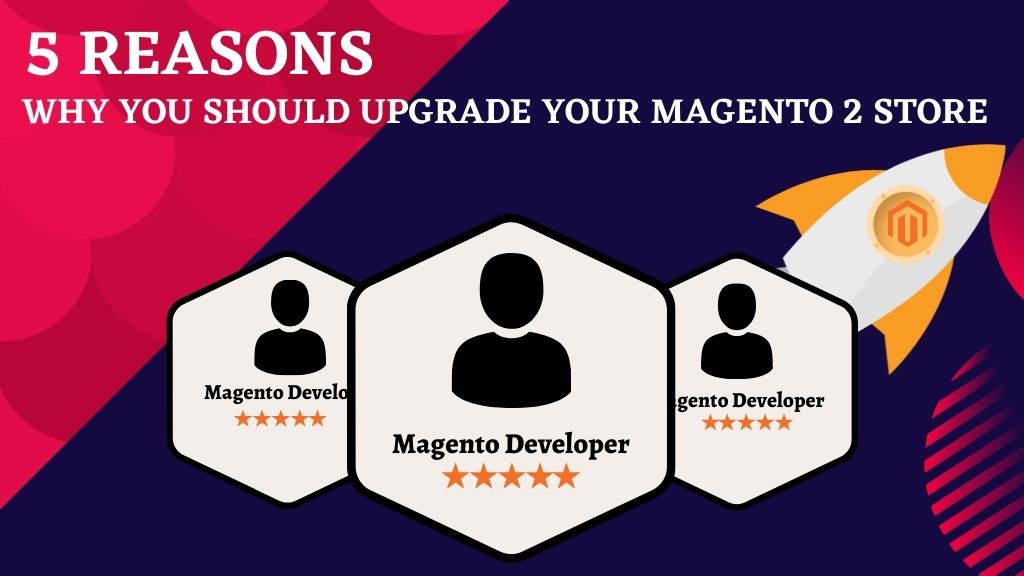Now that Magento has officially confirmed the release of Magento 2.4.2 update, here’s everything you need to know including the 5 key reasons why it’s the right time to upgrade.
About 35 compliance improvements to support close remote code execution (RCE) and cross-site scripting (XSS) flaws
To date, there have been no reported attacks linked to these things. Certain bugs, on the other hand, may be used to gain access to consumer data or hijack administrator sessions. The majority of these flaws necessitate an intruder first gaining access to the Admin. As a consequence, we urge you to take all possible precautions to secure your Admin, which include, but is not limited to, IP allow listing, two-factor verification, VPN usage, using an unique location instead of /admin, and maintaining proper code security.

If you are still working on Magento 1 platform, Migrate your store today. Know Why & How.
Enhancements to performance
For deployments of huge catalogues, this Magento 2 upgrade contains code updates that improve API performance and Admin response time. Magento 2.4.2 now supports diverse catalogues up to 20 times greater than previous versions thanks to a number of scalability improvements. With the introduction of Magento Commerce 2.3.2, each security flaw reported to us by third parties will be assigned and published with indexed Common Vulnerabilities and Exposures (CVE) numbers. This makes it easier for Magento Commerce users to spot unpatched bugs in their implementation.
Improvements to the infrastructure
In this update, the option to customise a Magento installation to use a split database has been discontinued. Merchants who are actually using a split database should start thinking about switching to a single database or using a different solution. For more details, see the Magento Commerce DevBlog post Deprecation of split database feature. For deployments of huge catalogues, this update contains code updates that improve API performance and Admin response time. Magento 2.4.2 now supports diverse catalogues up to 20 times greater than previous versions thanks to a number of scalability improvements.
Payment mechanisms
Payment options are now configured in the Admin for all sites as required in a multi-store implementation. Where the shopper’s name includes accented characters, Magento now completes Payflow Pro payments. Since converting from a credit card payment system to a non-credit card method of payment, vendors can now effectively position an order from the Admin. When a retailer pressed the Submit Order button in the past, the load process began but never finished, and the order was never set. When an order is made with PayPal Express, Magento no longer makes redundant orders.
Better performance
When you add and save a disabled item to a class, Magento no more cleans the category index. Magento previously filtered the cache for similar categories regardless of product status, affecting server results. The time it takes to update the quantity of a commodity in the shopping cart has changed. Magento historically conducted several different requests for each commodity in the shopping cart, lengthening the time it took for the website to load. Magento also saves the IDs of customisable items’ children.
To know more, visit https://www.webiators.com/
Explore More opportunities for your Magento 2 store at Webiators Store


